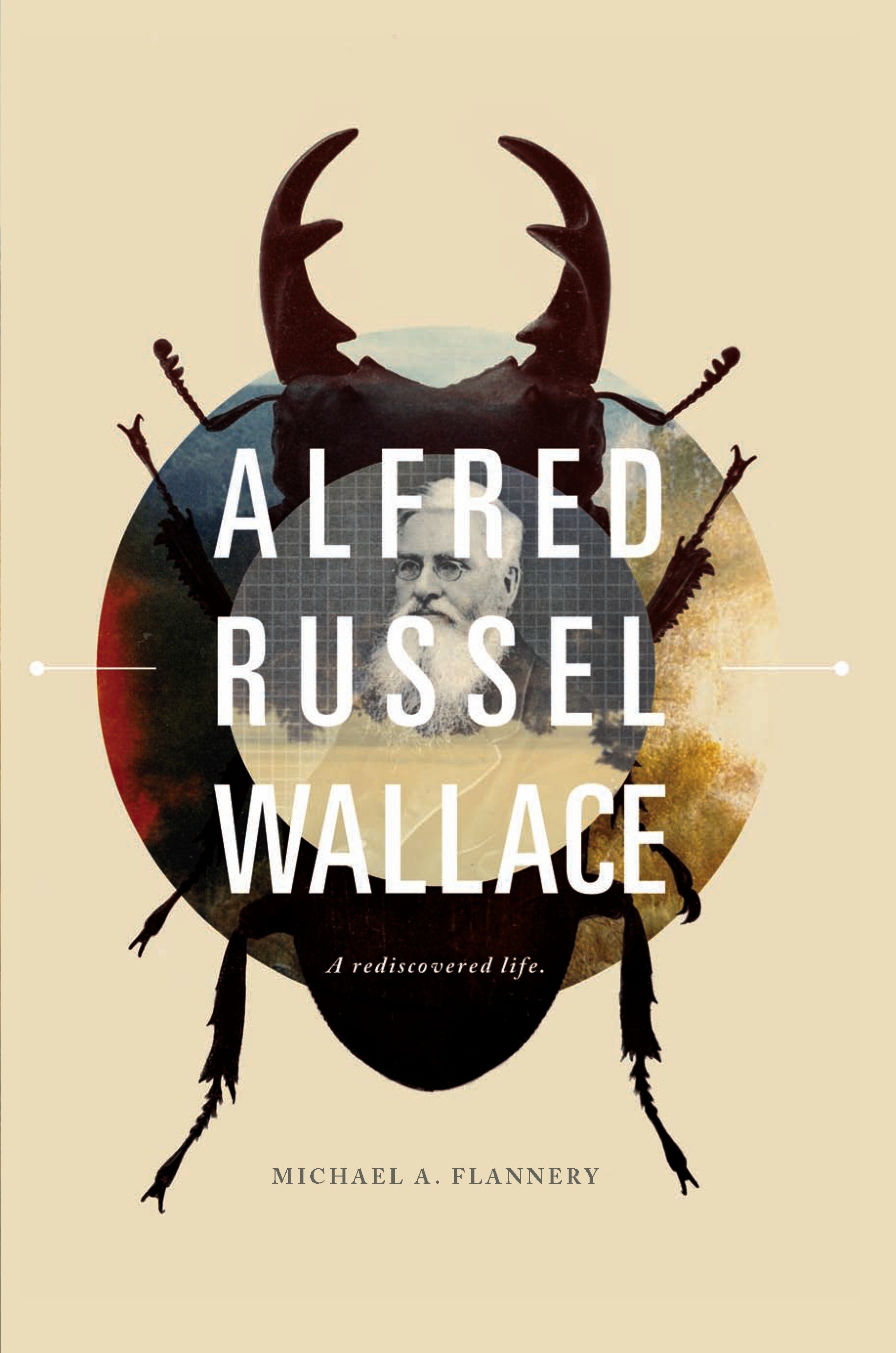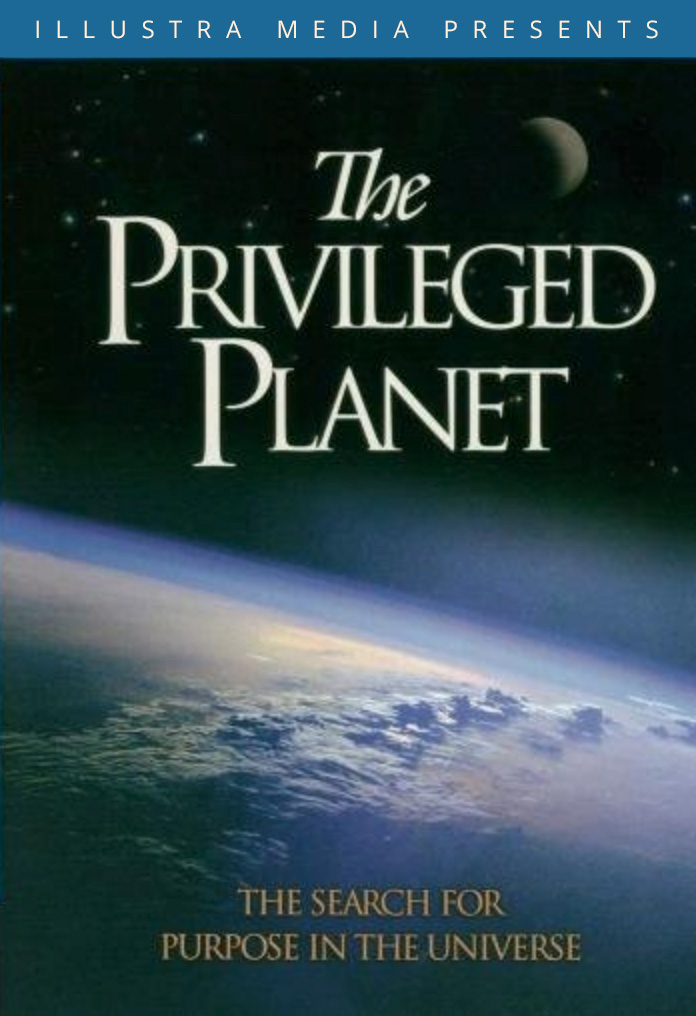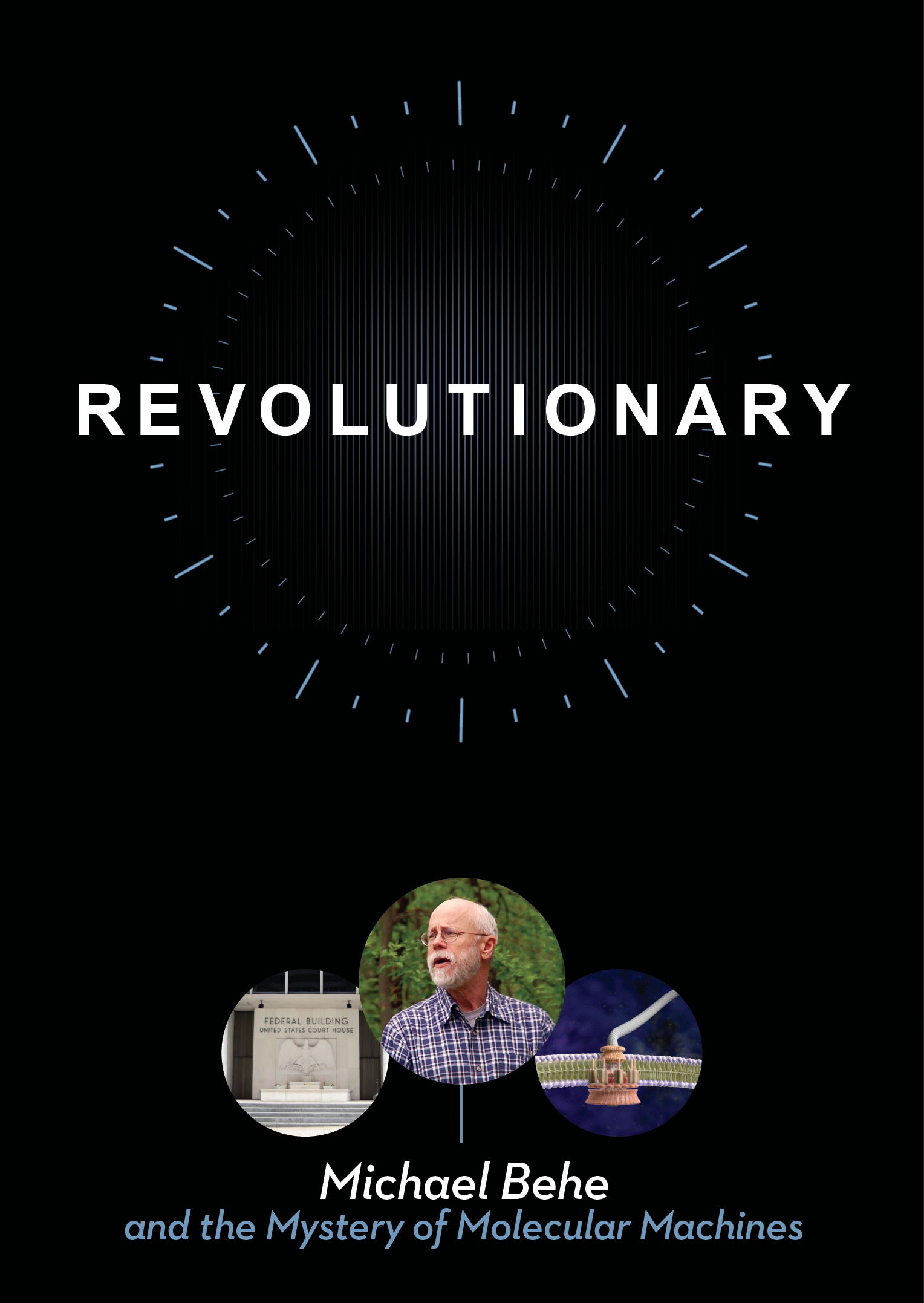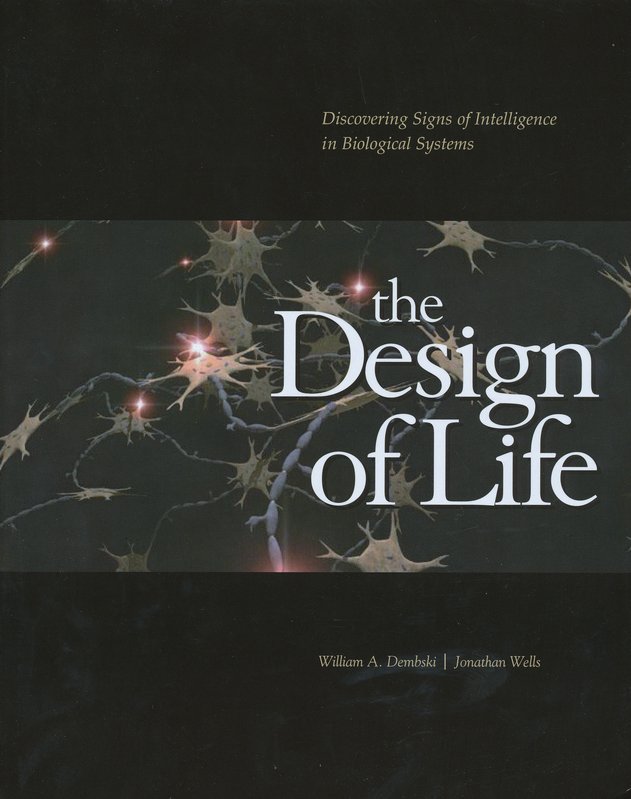Description
For years Alfred Russel Wallace was little more than an obscure adjunct to Charles Darwin’s theory of evolution. Remembered only for prompting Darwin to write On the Origin of Species in 1859 by writing his own letter proposing a theory of natural selection, Wallace was rightly dubbed by one biographer “the forgotten naturalist.” In 1998 Sahotra Sarkar bemoaned Wallace’s “lapse into obscurity,” noting that “at least in the 19th century literature, the theory of evolution was usually referred to as ‘the Darwin and Wallace theory’. In the 20th century, the theory of evolution has become virtually synonymous with Darwinism or neo-Darwinism.” While the complaint still has a ring of truth, a decade of recent interest in Wallace has done much to bring him back from history’s crypt of forgotten figures. This shouldn’t suggest unanimity of opinion, however.
Some regard him as a heretic, others as merely a misguided scientist-turned-spiritualist, still others as a prescient figure anticipating the modern Gaia hypothesis. Perhaps Martin Fichman’s phrase hits closest and most persistently to the truth—“the elusive Victorian.” Can the real Wallace be found? If so, what might we learn in that rediscovery? The provocative thesis of this new biography is that Wallace, in developing his unique brand of evolution, presaged modern intelligent design theory. Wallace’s devotion to discovering the truths of nature brought him through a lifetime of research to see genuine design in the natural world. This was Wallace’s ultimate heresy, a heresy that exposed the metaphysical underpinnings of the emerging Darwinian paradigm.





